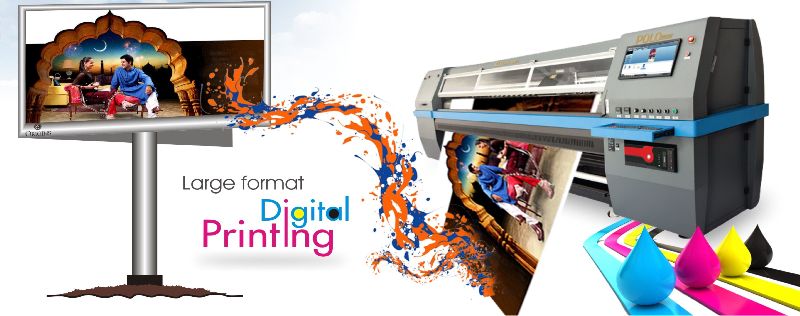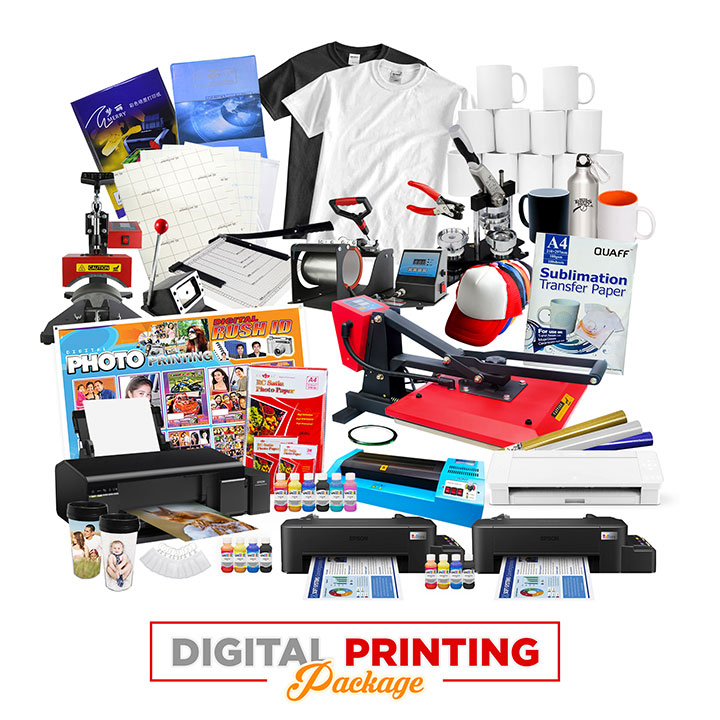How Digital Printing can Save You Time, Stress, and Money.
How Digital Printing can Save You Time, Stress, and Money.
Blog Article
Facts About Digital Printing Revealed
Table of ContentsDigital Printing Fundamentals ExplainedRumored Buzz on Digital PrintingWhat Does Digital Printing Mean?Excitement About Digital PrintingRumored Buzz on Digital PrintingDigital Printing Fundamentals ExplainedWhat Does Digital Printing Do?10 Easy Facts About Digital Printing Shown
Modification likewise allows businesses to attract attention in a crowded market by creating special advertising products that separate them from their competitors. One of the major advantages of electronic printing is the ability to publish variable data. Each published item can be one-of-a-kind, allowing companies to develop personalized marketing materials that talk directly to their target market.Digital printing additionally enables for personalization in the layout of marketing materials. With electronic printing, companies can develop designs that are one-of-a-kind and tailored to their certain demands. This can consist of customized graphics, font styles, and formats that can assist to distinguish them from their competitors. Another advantage of digital printing is the capacity to publish as needed.
Digital Printing Fundamentals Explained
By printing smaller amounts of marketing products, businesses can minimize waste and prevent the demand for excess inventory. Digital printing is additionally versatile.
By using different materials and layouts, businesses can create special advertising products that attract attention from their rivals and stand out from their target audience. Digital printing also supplies uniformity. With traditional printing approaches, there is often variant in between prints due to differences in ink coverage, pressure, and various other aspects.
This uniformity can help construct client trust fund and reputation, showing that the company is dedicated to providing top quality products. Consistency is especially crucial for companies that intend to develop consumer count on and reputation. By ensuring that every print corresponds, companies can reveal that they are devoted to providing top notch materials and paying focus to the details.
All about Digital Printing

In addition, electronic printing produces much less waste because it can print on demand and in smaller quantities, minimizing the demand for excess stock and materials. Digital printing also utilizes less energy contrasted to traditional printing techniques. Digital printers do not call for as much energy to operate, as they do not require to heat up as much or make use of as much power to run.
Digital Printing for Dummies

Balanced out printing needs a plate for each and every shade printed. Traditional offset printing is a print approach that utilizes aluminum plates to move ink onto a rubber sheet (usually referred to as a "blanket"). The picture is after that rolled onto the printing surface area. This printing method is considered "balanced out" because the ink is not transferred to the paper directly.
What Does Digital Printing Do?
Countered printing enables YOURURL.com for a large variety of print materials to be used during manufacturing. The top quality photos produced through countered printing make it the favored approach, particularly among graphic designers, when seeking the best color reproduction, detail, and professional-looking prints.
The fundamental printing technique remains countered. For electronic inkjet printing, ink is moved straight onto the surface. As opposed to relying upon light weight aluminum plates and rubber blankets to move an image, digital printing uses liquid ink throughout manufacturing. Standard home inkjet printers are one of the most typical electronic printing techniques.
4 Easy Facts About Digital Printing Explained
Due to the fact that balanced out printing can mix personalized color inks for each task, it will normally obtain the colors spot-on. Count on balanced out printing for tidy, distinctive kinds and pictures without touches or places.
It sets you back a lot to begin a balanced out task. You have to spend cash right into developing the plates, which takes some time. Nevertheless, when you've spent it, every one of the products prepare to go, and you'll spend much less on big offset work than a digital print, which is regarding the exact same per piece despite exactly how large the work gets.
Each print is similar. You take the chance of fewer weird variations triggered useful site by imbalances in water and ink. Digital printing is much less costly for low-volume jobs. The rate per system drops for digital printing, so eventually, they crisscross. Transforming information within a solitary print work. For instance, state you were publishing out postcards marketing a performance.
6 Easy Facts About Digital Printing Shown
While electronic printing or inkjet printing is the favored selection in the existing times, there are engaging reasons to convert from countered to electronic printing systems. When printing offset or electronically, important decisions and procedures are entailed in shade matching.
Whichever the situation, the color will need to be matched. Color matching of digital printer ink is no longer challenging with dyes and pigments. Industrial inkjet printing provides adaptability for printing on various substratums. Digital printing is perfect for customers that do not require longer runs and warehousing products.

One advantage of digital printing is selecting from a wide variety of electronic substratums. With offset printing, substrates comprise, generally, 30% of the price of the job. With digital printing, the expense of the substratum in the overall task is tiny. This enables for even more choices than ever, and that's excellent for marketing professionals and services.
The Only Guide for Digital Printing
drop-on-demand is the 2nd printing modern technology to take into consideration. Continual inkjet systems need considerable upkeep, more operator training, and greater downtime. Devices expenses in inkjet printing are much lower than countered printing as there are no plate-making, plates, and press expenses. Beyond the capital expenditure, the prepress equipment and printing presses require highly experienced drivers in countered printing, which includes labor expenses.
Report this page